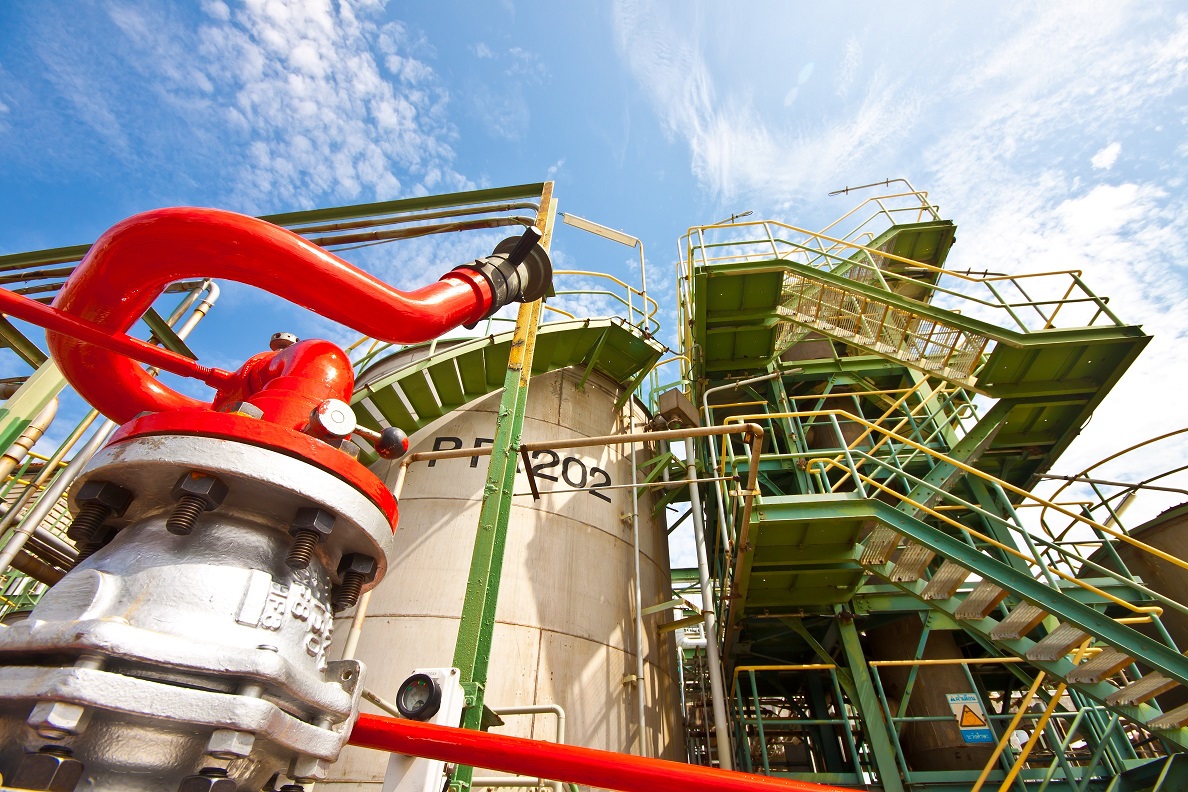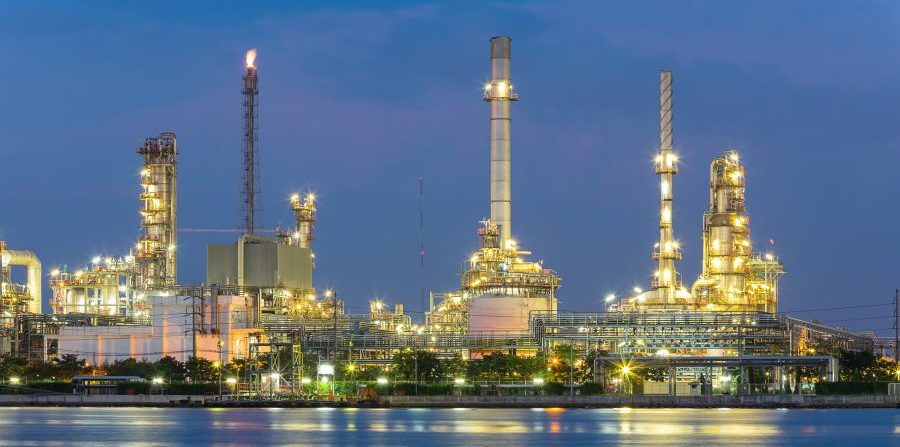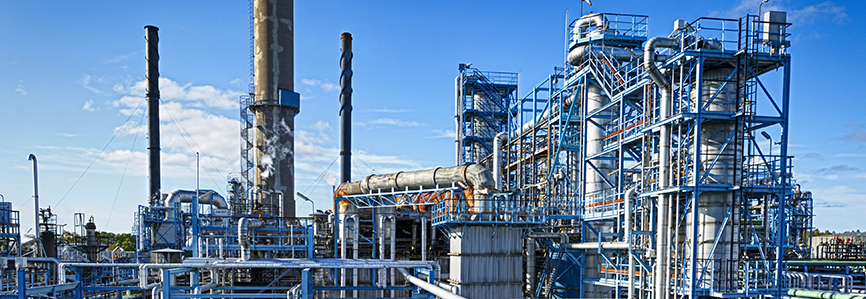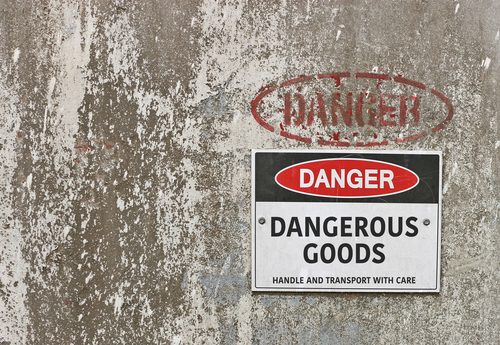New Edition Of AS 1940 “Storage And Handling Of Flammable And Combustible Liquids”
The 2017 edition of AS 1940 has been released. This standard, last updated in 2004, sets out requirements and recommendations for the safe storage and handling of flammable and combustible liquids. In the process safety field that R4Risk operates in, this standard is particularly significant in its applicability to bulk fuel terminals and other hazardous facilities that store and handle large quantities of these substances.
Various clauses and definitions have been updated in the 2017 edition. Some updates that are of particular significance from a process safety perspective, address the potential for a major tank overflow, such as what resulted in the major explosion at the Buncefield Terminal (UK) in 2005. These include:
- Requirements are described for the liquid level instrumentation, specifically:
- A high-level alarm
- An independent high-high level alarm.
- The minimum net capacity of a compound has been increased to 110% of the capacity of the largest tank (or 25% of the total capacity of all tanks within the bund, whichever is greater).
- Compounds that hold tanks that receive high-volume transfers (e.g. from a ship or refinery) of PG I or II flammable liquids shall be fitted with a flammable gas detection system.
- The design of these tanks should also give consideration to allow the safe re-routing of overflowing liquids
In relation to the fire protection requirements for bulk storage tanks, notable changes to the standard include:
- Computer modelling of heat flux from a fire scenario may be used to determine the cooling water requirements to protect exposed tanks (i.e. instead of the prescriptive approach described in the standard).
- The acceptable radiant heat exposure for emergency personnel (e.g. for access to monitors etc.) has been reduced from 4.7 kW/m2 to 3 kW/m2.
- Fixed cooling rings or manually / remotely operated monitors are required to provide protection for tanks requiring cooling water (i.e. cooling water application by hose streams or portable monitors is not considered suitable).
- The minimum system capability is for two fire pumps, either of which can deliver the required flow and pressure. A single-pump arrangement is no longer considered acceptable.
R4Risk provides extensive services in process safety for facilities storing and handling flammable and combustible liquids. This includes computer modelling of heat flux from fire scenarios, the results of which can be used to assess fire protection requirements and optimise fire protection systems. To discuss this, or how any of the other changes to AS 1940 may affect your facility, please contact our office.






